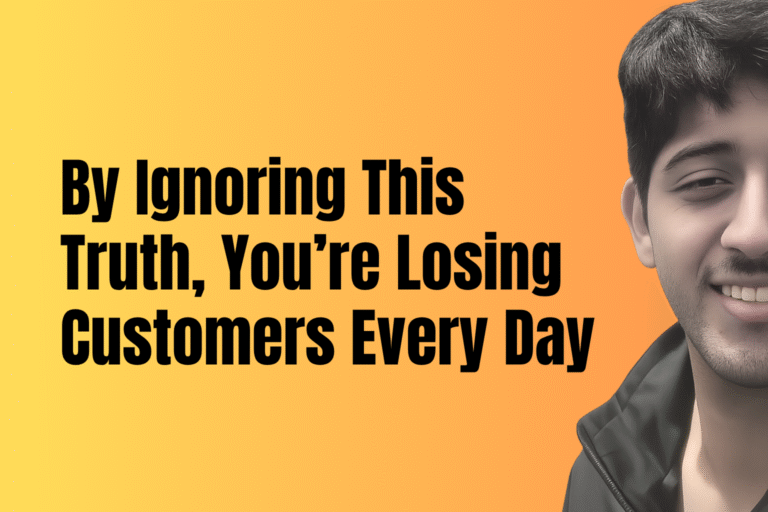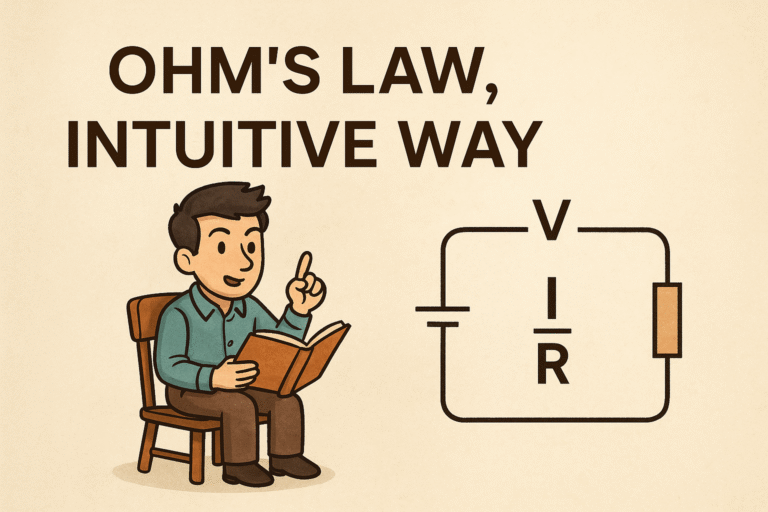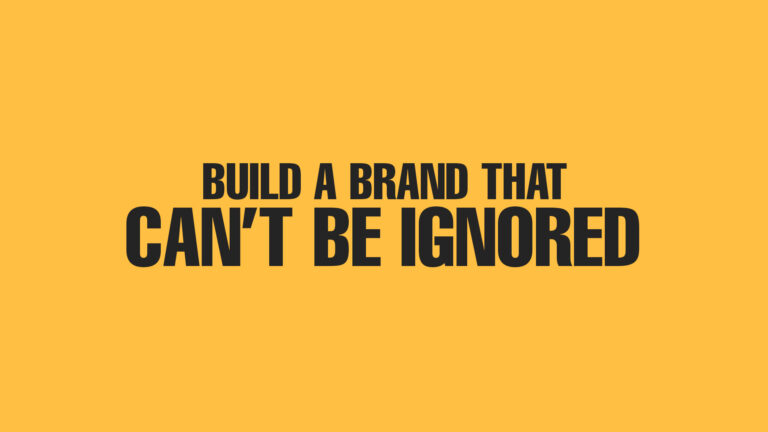The Brand Gap Summary – Best book on Brand Identity
There’s something deeply exciting about building a brand identity that people truly love. Only real entrepreneurs understand that thrill—the kind that comes not from making noise, but from creating meaning through strategic branding.
We live in a world flooded with fake gurus and so-called entrepreneurs, whose main goal is to manipulate people and take their hard-earned money. But a true entrepreneur is different. They care about creating genuine value and making a real difference in people’s lives. And it’s only these kinds of charismatic brands that create lasting impact across the globe.
I (Zulqai) am on a journey to master branding, brand strategy, and human psychology. I learn something new every day and share those insights with you. I recently finished reading The Brand Gap by Marty Neumeier, one of the most eye-opening branding books I’ve ever come across.
In this blog, I’ll share the key takeaways and core disciplines I learned so you can apply them to your own venture. I highly recommend you read the book yourself—this isn’t just a summary, it’s a shift in how you see your brand.
💡 Pro Tip: Grab a notebook and jot down what resonates with you as you read. Writing your takeaways helps reinforce them in your mind.
Key Takeaways:
Brands are perceptions, not logos.
People don’t buy what you do, they buy what you mean.
To stand out, you must zag where others zig.
Common Myths About Branding
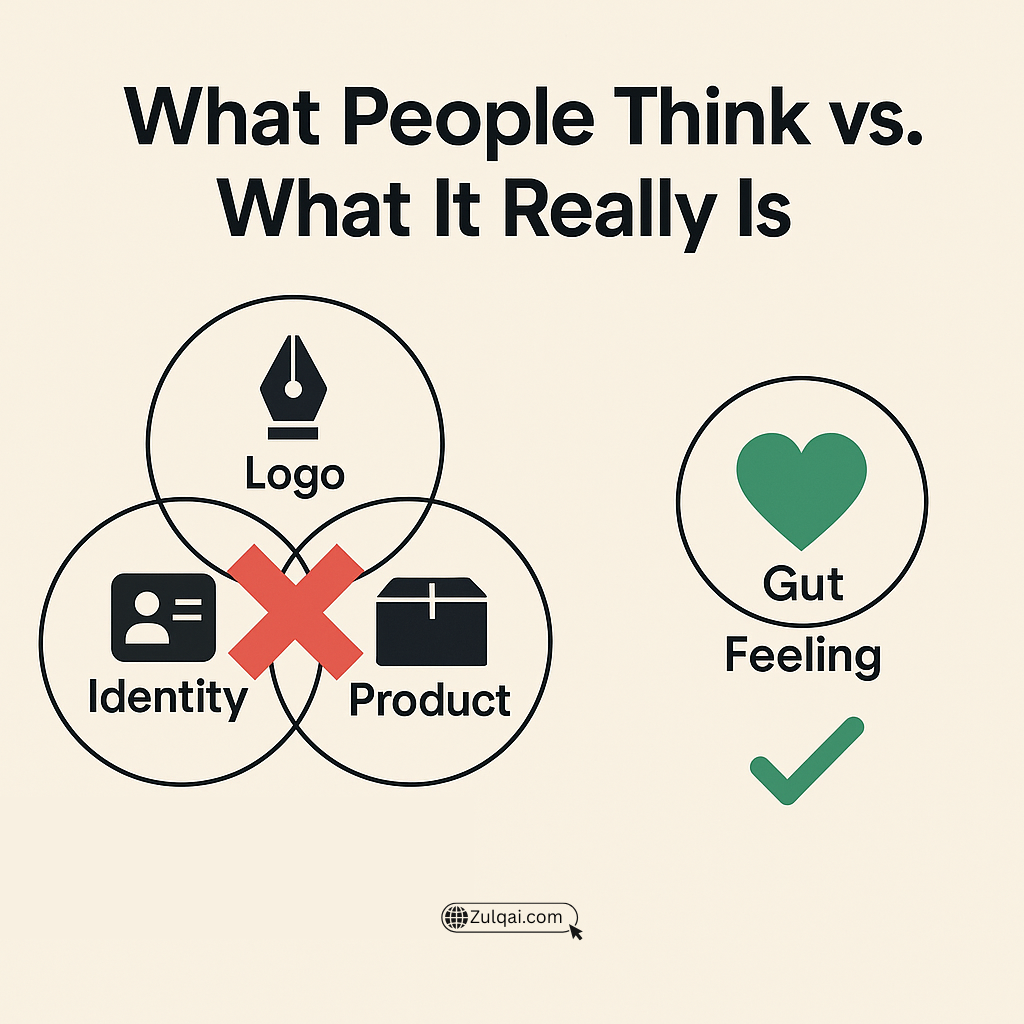
Most people have the wrong idea about what a brand really is.
They think:
- A brand is a logo
- A brand is a product
- A brand is an identity
These are misconceptions.
So what is branding, really?
“A brand is a person’s gut feeling about a product, service, or organization.”
It’s not what you say it is—it’s what they feel it is. Every person sees your brand differently because we’re emotional, intuitive beings. Even in today’s world, we still rely on brand perception—just as we did in the wild.e wild.
Why Branding Matters
People have too many choices and too little time.
Most products offer similar quality and features.
We make buying decisions based on brand trust.
📷 Example: There are 1,349 cameras on the market. How do you decide which one to buy?
Think about it. The answer is: trust.
This is why brand positioning is everything. When your brand communicates meaning clearly, it wins.
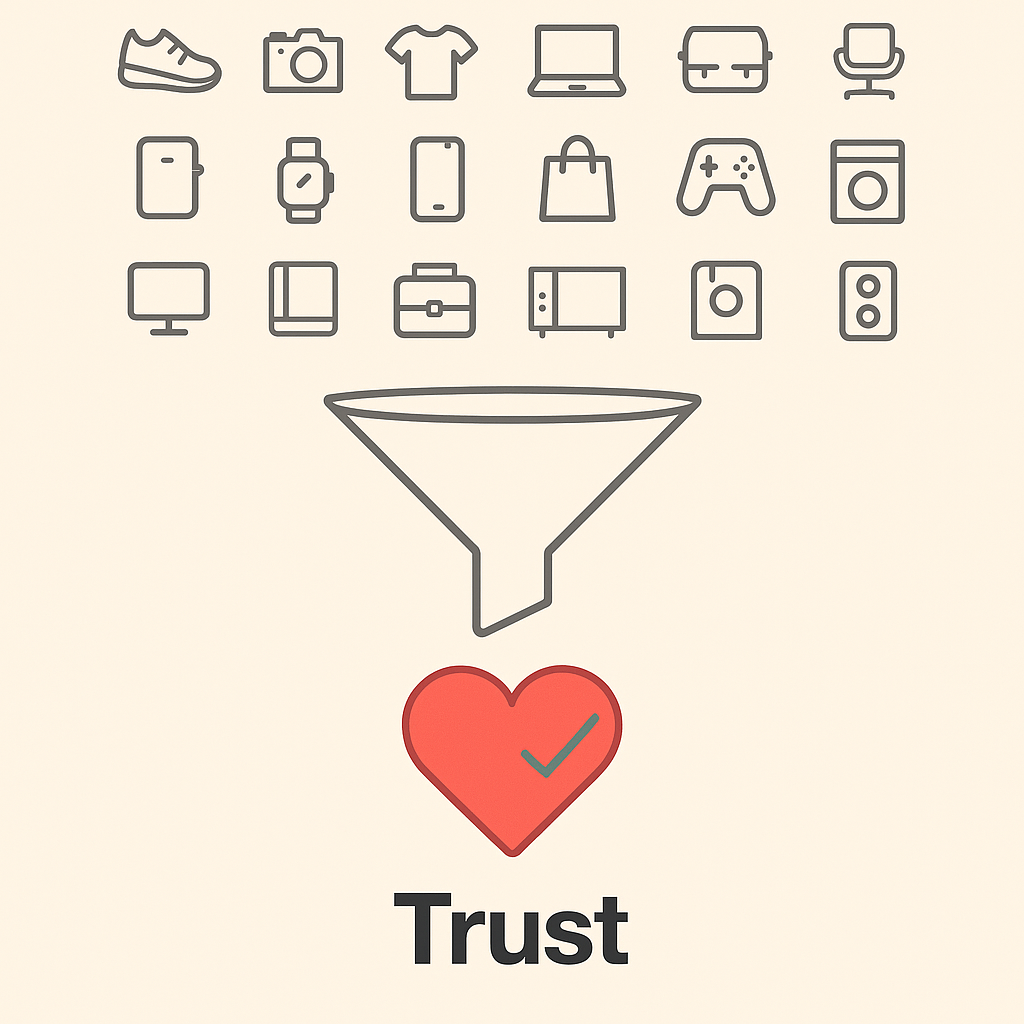
How To Build Trust?
Trust is the most valuable (and most ignored) asset a brand can build.
It’s earned by meeting—and exceeding—your customers’ expectations.

Say a customer orders a pizza. What if you included a handwritten note and a free drink? That small surprise builds emotional trust.
💰 Here’s why it matters:
Coca-Cola’s brand value is over $120 billion. Without its brand, its market value drops to $50 billion.
That’s the power of branding.
Two Kinds of Thinking

Neumeier highlights two mindsets in companies:
- Analytical vs. Intuitive
- Logical vs. Emotional
- Linear vs. Spatial
- Numerical vs. Visual
The magic happens when you combine both sides. That’s how you build a charismatic brand—one that people love and refuse to replace.
The 5 Disciplines of Brand-Building
🔹1: Differentiate
The world is loud. Everyone’s shouting: “Buy this!” “Watch that!”
But we’re hardwired to notice what’s different.

To win, you need brand differentiation—a clear answer to:
- Who are you?
- What do you do?
- Why does it matter?
Good brand strategy focuses on one thing, not everything.
✅ Porsche = sports cars (Focused)
🔹2: Collaborate
You can’t build a great brand alone. It takes a team of:
- Designers
- Writers
- Marketers
- Founders
- Customers
- Communities

This is the collaboration behind any great branding effort.
🧠 1 + 1 = 11 — That’s the math of a good brand collaboration model.
🔹3: Innovate

Innovation drives brand power.
Strategy without creativity is just a well-dressed spreadsheet.
Brand innovation happens when logic meets emotion—when ideas feel bold, scary, and unforgettable.
🎵 The Beatles succeeded because they never repeated themselves. Reinvention was their brand identity.
🔹4: Validate
“Don’t guess what people want. Let them show you.”
This is the heart of brand validation.
Smart brands don’t assume—they test:
- Swap Test
- Hand Test
- Field Test
Validate whether your brand storytelling resonates, not just whether your design looks good.
🔹5: Cultivate
“A brand is not a thing you control. It’s a living pattern of behavior you guide.”
Brand cultivation means long-term commitment.
Great brands are cultivated like living systems:
- Consistent values
- Ongoing alignment
- Regular refinement
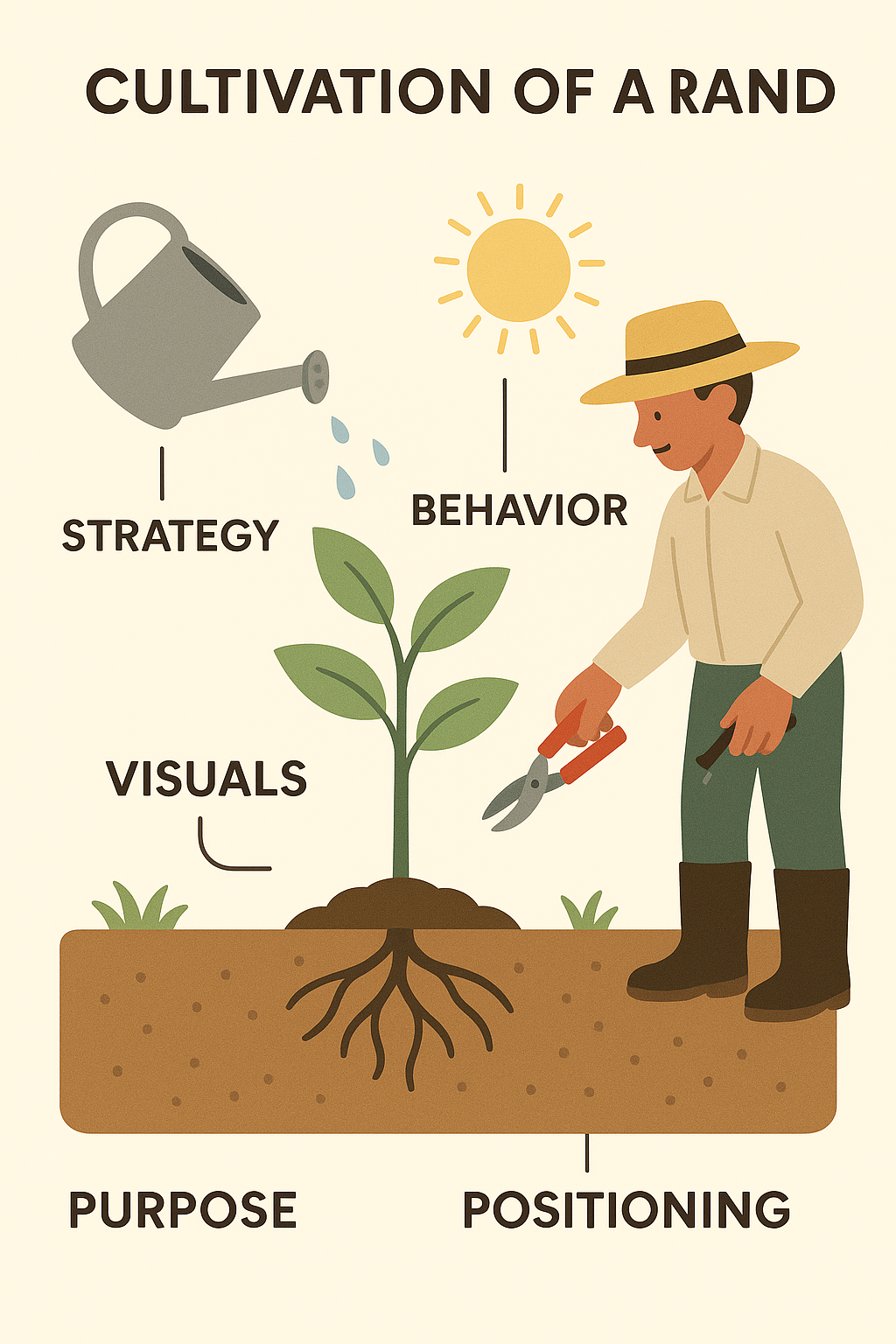
It’s not a campaign—it’s culture.
“Your brand is how you behave when no one’s watching.”
Final Thoughts
By mastering these five disciplines of branding, you can build a charismatic brand that earns trust and leaves a legacy.
At the core of The Brand Gap lies this truth:
Trust is the foundation of every great brand.
Thanks for reading. 🙌 If you found value here, consider sharing it with someone who’d love it too.
🧠 Want more? Join my newsletter.
Each week Zulqai send you a short, sharp insight on brand building, positioning, and influence..



